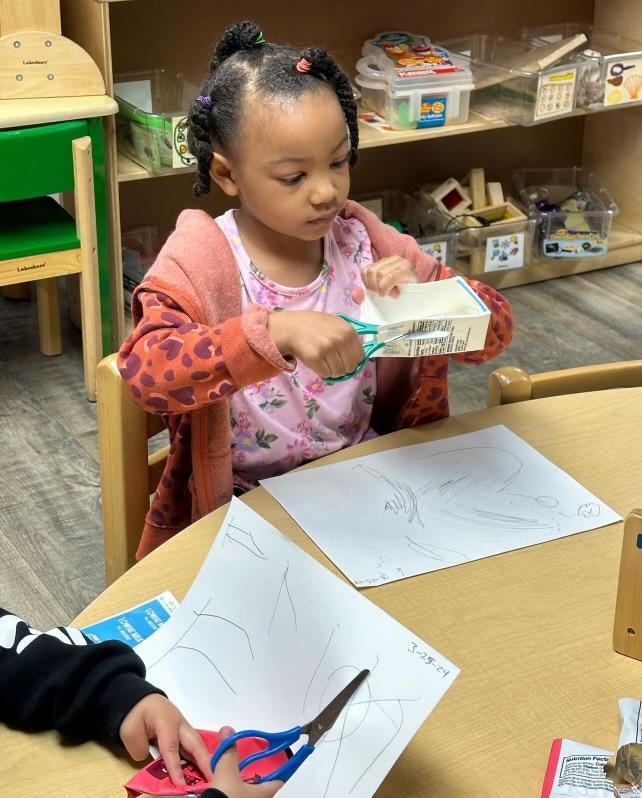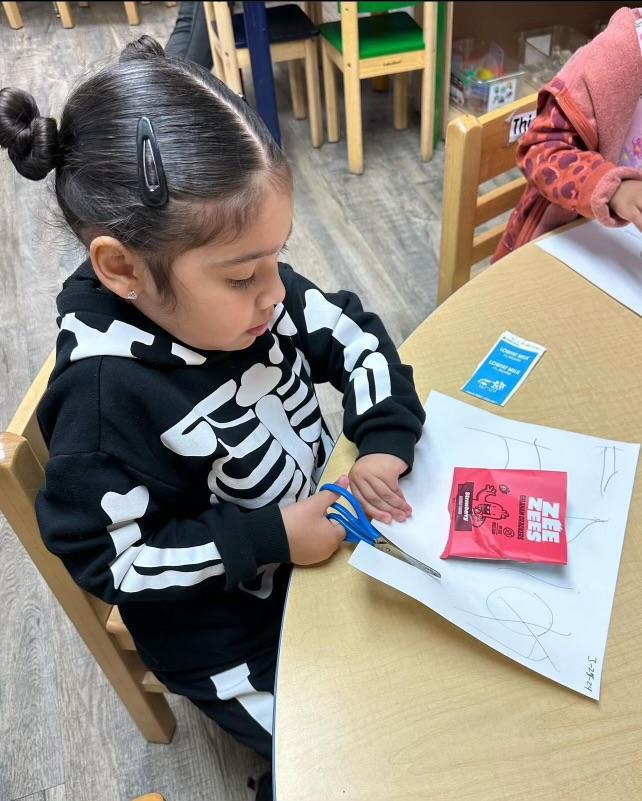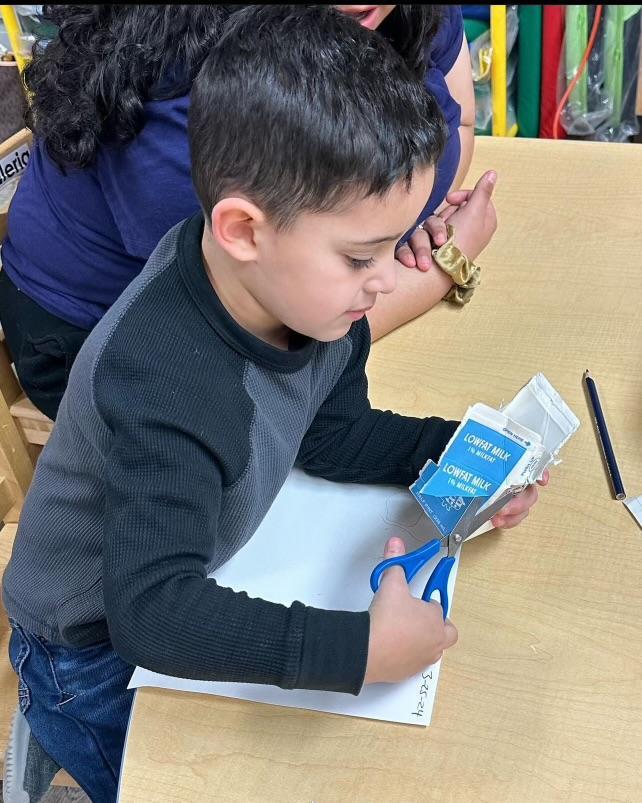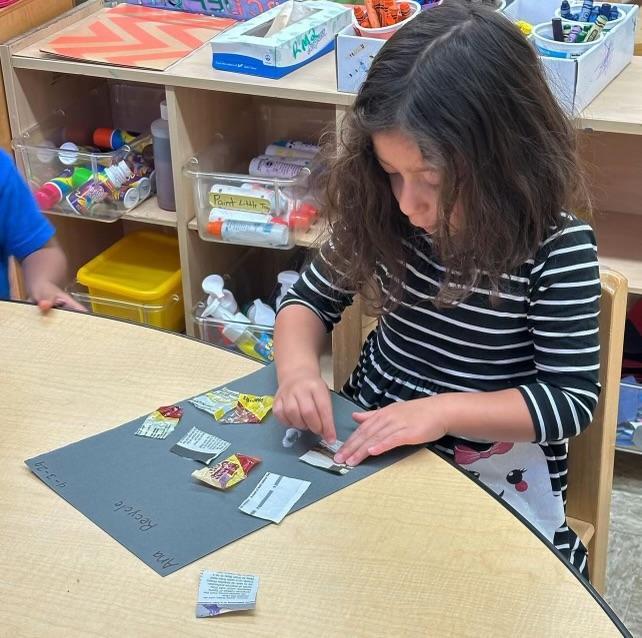Reduce, Reuse, and Recycle Study
Why do we investigate Reduse, Reuse, & Recycle
Trash and garbage are all around us. We find waste in our homes, on the streets, and in places we work and play. We pay more attention to garbage when it becomes a problem. A community with more garbage than it can dispose of faces the prospect of a new landfill; dangerous waste begins to affect people's health; a tragedy, such as a hurricane, produces mountains of debris; or excessive litter creates an eyesore. However, once immediate problems are resolved, we often forget about the ongoing challenge of dealing with trash and garbage.
Children are fascinated by what is in garbage cans and often pick up trash against our wishes. This natural curiosity provides a good starting point for finding out what happens to trash after it's thrown away and exploring the concept of reducing, reusing, and recycling.
A study of reducing, reusing, and recycling not only offers opportunities for children to explore a topic that interests them but allows them to gather information, become more aware of the world around them, and solve problems. They will use skills in mathematics, literacy, the arts, and technology to represent their understanding of important concepts related to science and social studies.




























